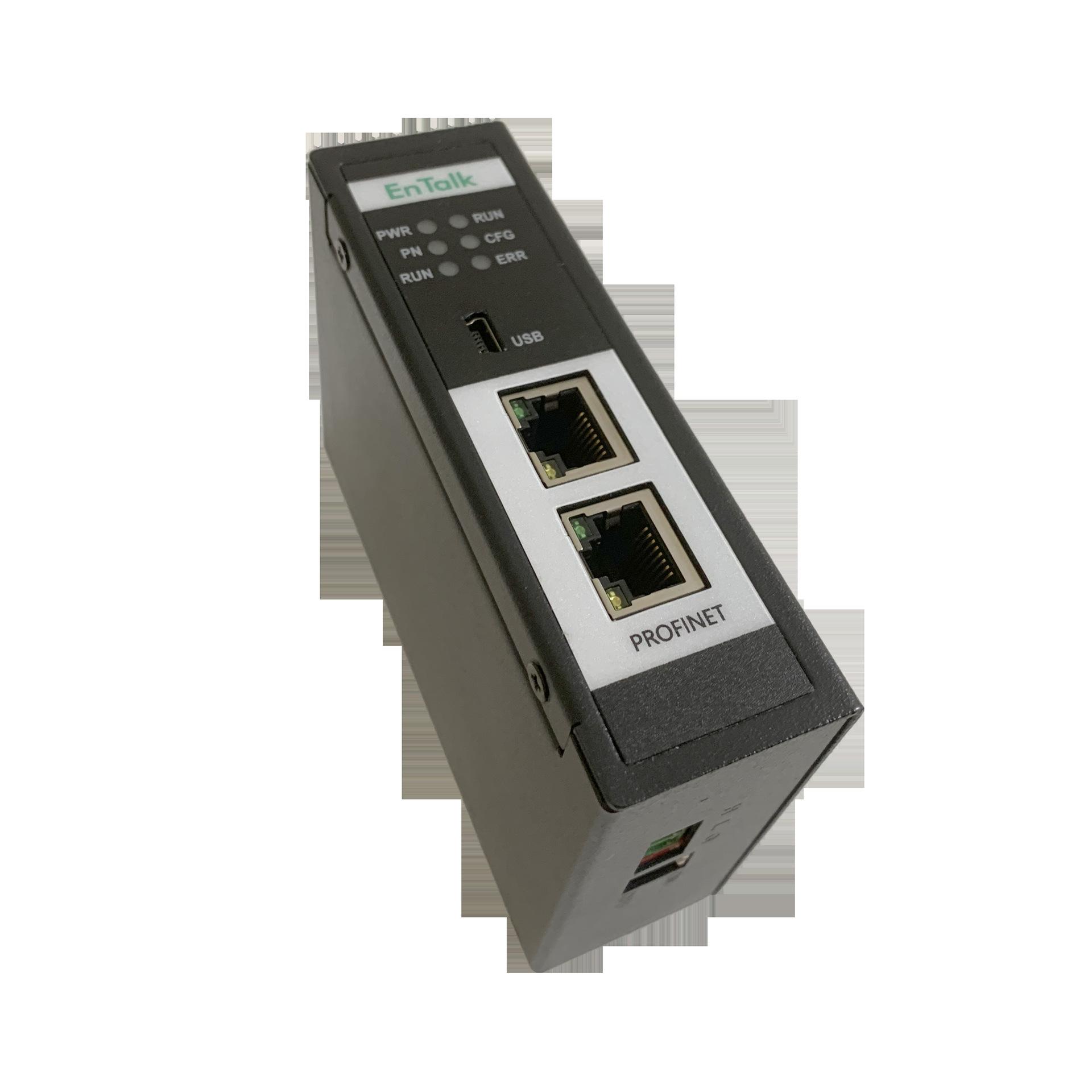From Zero to Hero: A Practical Deep Dive into the ATA5824C Wireless RF System

Prologue: Why Choose the ATA5824C? An Engineer's Perspective
Having worked for many years in the Internet of Things (IoT) and wireless control domains, I have encountered countless Radio Frequency (RF) transceiver chips. From simple ASK/OOK modules to complex LoRa or NB-IoT solutions, each technology has its unique application scenarios and trade-offs. However, among the myriad of choices, Microchip's ATA5824C has always been one of my top choices when designing low-power, high-reliability, short-to-medium-range wireless products. It is not merely a chip with excellent technical specifications; it is more like a finely crafted tool that helps engineers solve practical problems efficiently.
This article is not a simple regurgitation of the datasheet. I will leverage years of hands-on experience to dissect the technical essence of the ATA5824C from a system design perspective, share insights into potential "pitfalls" encountered in projects and strategies to overcome them, and provide a concrete application example. I hope this helps you truly master and effectively utilize this powerful chip.
ATA5824C Technical Core Principles: Beyond the Specs
At first glance, the ATA5824C datasheet attracts you with its balanced and impressive performance parameters. But as pragmatic engineers, we care more about what these parameters mean in real-world applications.
Key Feature | Technical Specification | Engineer's Interpretation & Practical Value |
Operating Mode | UHF ASK/FSK Half-Duplex Transceiver | Offers a choice between the simplicity of ASK and the noise immunity of FSK. For cost-sensitive applications with minimal environmental interference (e.g., garage door openers), I opt for ASK mode to simplify design. In industrial control or security alarm systems requiring higher data transmission reliability, FSK mode is the unequivocal choice |
Power Consumption | Receive Current: 10.3mA (typ.) | This is a core advantage of the ATA5824C. In battery-powered wireless sensors or remote controls, every microamp is critical. Using its built-in Self-Polling mode, products with standby times extending several years can be designed. For instance, in a wireless door contact project, we leveraged its ultra-low sleep current and fast wake-up capability to achieve a theoretical operational lifespan of over three years using just a single CR2032 coin cell battery |
Receiver Sensitivity | -116dBm @ 2kbps, FSK | High sensitivity translates to longer communication range and stronger signal penetration. In a smart home project, the client required a single gateway to cover a three-story villa. Through careful antenna design and leveraging the ATA5824C's high sensitivity, we successfully achieved stable whole-house coverage without additional repeaters |
Integration Level | QFN48 (7x7mm) package, High Integration | The compact package is crucial for space-constrained products (e.g., wearables, remote keys). More importantly, its internal integration of key RF circuits like VCO, PLL, PA, and LNA significantly simplifies the external circuitry, reduces debugging complexity, and enhances production consistency. |
Digital Processing Capability | Built-in Protocol Generation, CRC Check, Self-Polling | This can be considered the ATA5824C's "killer feature." Traditional RF solutions often require a capable MCU to handle complex communication protocols and timing control. The ATA5824C hardware-implements most low-level tasks; the MCU simply uses simple SPI commands to manage data transmission and reception. This not only reduces the performance requirements for the MCU (thus lowering cost and power consumption) but also significantly shortens the development cycle. |

Practical Case Study: Building a Highly Reliable Wireless Temperature Acquisition System
To provide an intuitive understanding of the ATA5824C's application, let's use a common industrial scenario—a Wireless Temperature Acquisition System—to share the complete design thought process and key code snippets.
Project Requirements: Deploy multiple wireless temperature sensor nodes in a large cold storage facility to monitor the temperature of various areas in real-time and wirelessly transmit data to a central gateway. Node battery life must be no less than two years, with a communication range of at least 100 meters (considering shelf obstructions).
1. Hardware System Design
Sensor Node:
Main MCU: Select an ultra-low-power MCU, such as the
MSP430orSTM32L0series. Its primary task is to periodically read data from the temperature sensor and hand it over to the ATA5824C for transmission via the SPI interface.RF Transceiver: ATA5824C. We will use FSK mode to ensure data reliability in the complex environment.
Temperature Sensor: A high-precision digital temperature sensor, such as
DS18B20orSHT30.Antenna: Design or select a well-matched helical or PCB antenna based on the 315MHz/433MHz frequency.
Power Supply: Use an ER14505 Lithium Thionyl Chloride (Li-SOCl2) battery, renowned for its high energy density and ultra-low self-discharge rate, ensuring long-term operation.
Central Gateway:
Main MCU: A slightly more powerful MCU, like the
STM32F1series, responsible for receiving data from all nodes and potentially uploading it to a cloud server via Ethernet or a 4G module.RF Transceiver: Also uses the ATA5824C, configured for continuous receive mode.
2. Software Core Logic: Maximizing the ATA5824C's Potential
The key to the sensor node software design lies in extreme low-power optimization. We will leverage the ATA5824C's Self-Polling and Sleep modes.

Pseudocode - Sensor Node:
void main() {
// 1. System Initialization
initialize_mcu();
initialize_ata5824c(); // Configure ATA5824C frequency, mode, power, etc., via SPI
// 2. Configure ATA5824C to enter Sleep Mode and set periodic wake-up (e.g., 30 seconds)
ata5824c_set_periodic_wakeup(30000); // Set wake-up in 30 seconds
ata5824c_enter_sleep_mode();
while(1) {
// 3. MCU enters Deep Sleep, waiting for an interrupt signal from the ATA5824C
mcu_enter_low_power_mode();
// 4. After being woken up by the ATA5824C interrupt
if (ata5824c_wakeup_flag) {
// 5. Wake up the temperature sensor and read temperature data
float temperature = read_temperature_sensor();
// 6. Construct Data Packet (e.g., [Node ID, Temperature Data, CRC])
uint8_t data_packet[] = {NODE_ID, (uint8_t)temperature, ...};
// 7. Transmit data using the ATA5824C
ata5824c_transmit_packet(data_packet, sizeof(data_packet));
// 8. Reconfigure and enter sleep mode again, repeating the cycle
ata5824c_enter_sleep_mode();
}
}
}
Using this approach, both the MCU and the ATA5824C remain in deep sleep for the vast majority of the time, waking up briefly only when data needs to be sent. This minimizes the average power consumption, easily enabling battery life spanning several years.
3. Pitfall Avoidance Guide: What the Datasheet Doesn't Explicitly Tell You
Antenna Matching is Critical: RF performance is half determined by the chip and half by the antenna. It is essential to use a network analyzer for precise antenna matching, ensuring a Standing Wave Ratio (SWR) of less than 1.5. A mismatched antenna severely impacts communication range and stability.
Proper Power Supply Decoupling is a Must: The ATA5824C draws significant current pulses during transmission bursts. Decoupling capacitors must be placed close to the chip's power pins, and the capacitor combination (e.g., 10uF + 100nF + 100pF) must cover a broad frequency band for effective noise suppression.
Pay Attention to SPI Timing: When writing the SPI driver, strictly adhere to the timing diagrams in the datasheet. Especially at high rates, unstable signal lines can lead to configuration failures. It is advisable to add appropriate series resistors on critical signal lines for impedance matching.
Leverage the RSSI Function: The ATA5824C provides a Received Signal Strength Indicator (RSSI) function. On the gateway side, reading the RSSI value helps assess node signal quality, which is invaluable for network diagnostics and troubleshooting. You can even implement simple location-based functionality using RSSI.
Epilogue: ATA5824C, Beyond Remote Controls
From simple garage door openers to complex Industrial IoT systems, the ATA5824C, with its unique low-power characteristics and highly integrated digital logic, provides engineers with a powerful and flexible platform. It perfectly embodies the design philosophy of "Simplicity is the ultimate sophistication"—encapsulating complexity within while offering ease of use to the developer.
I hope that through the insights shared in this article, your understanding of the ATA5824C extends beyond cold, hard parameters. In your next wireless project, consider giving it a chance; I trust it will reward your choice with outstanding performance and an efficient development experience.
See Also
Best Methods for Incorporating MC9S12XET512VAG
Discovering MC9S12DJ256MFUE Specs in Automotive Use
Simple Integration Guide for SN74LVC4245APW Sensors
CALL US DIRECTLY
(+86)755-82724686
RM2508,BlockA,JiaheHuaqiangBuilding,ShenNanMiddleRd,Futian District,Shenzhen,518031,CN
www.keepboomingtech.com sales@keepboomingtech.com
